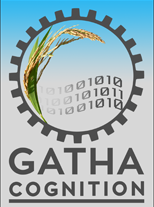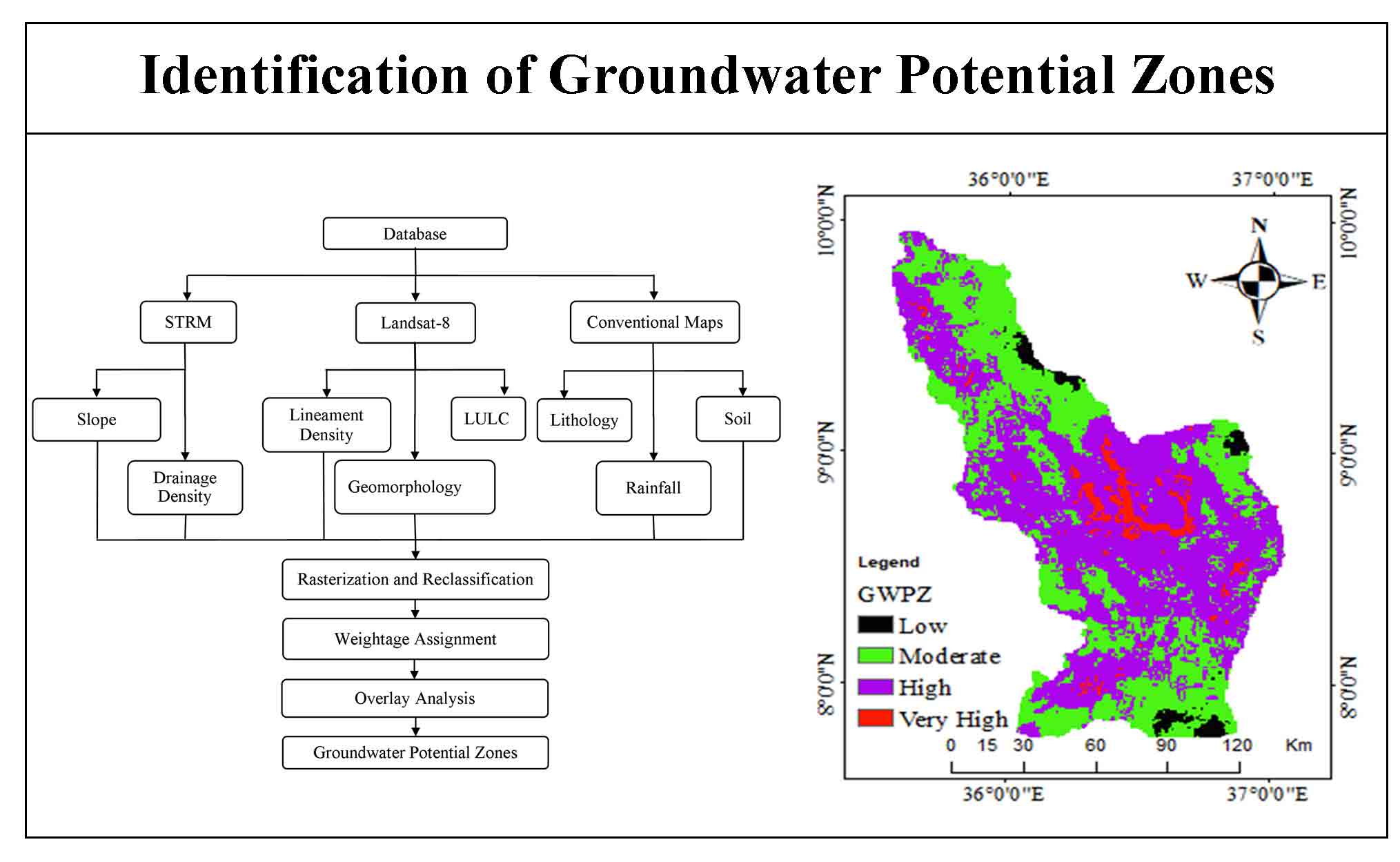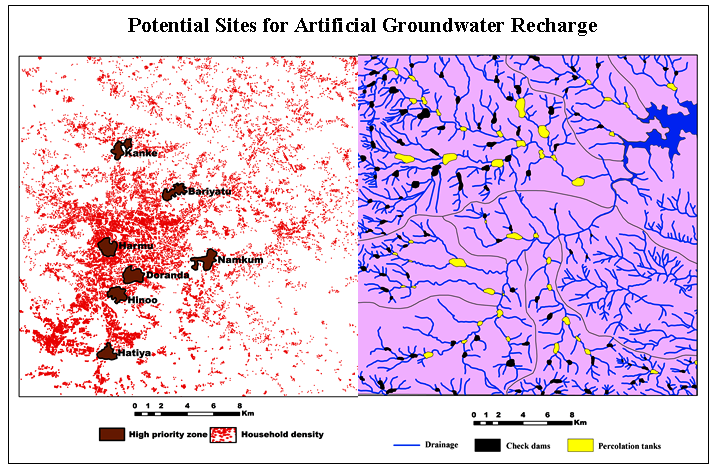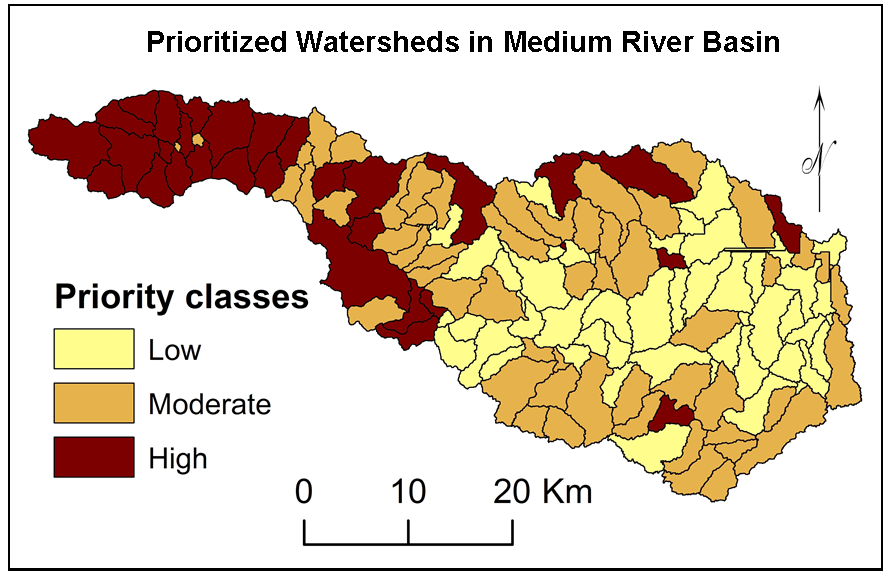Article Title :
MCDA Approach for Identification of Rainwater Harvesting Site in Drought-Vulnerable Areas of Genale Dawa River Basin, Southern Ethiopia 
9 (2025)
10-19
Ethiopia , AHP , MCDA , Rainwater Harvesting , Remote Sensing

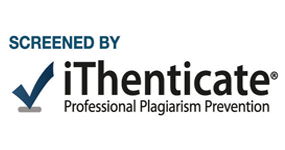
Farmers in most parts of Ethiopia are limited in their ability to produce crops by a lack of rain and its inconsistency, and climate change may make matters worse. One of the most common natural disasters is drought because it depletes natural resources, causes environmental destruction, and destroys the ecology that supports all life. Water harvesting is a desirable strategy for mitigating this problem. However, the identification of optimal sites for rainwater harvesting (RWH) is an important step to maximize the amount of water harvested and minimize the ecological impact. In this study, the remotely sensed data and geospatial modeling with the analytical hierarchical process (AHP) and Multi-Criteria Decision Analysis (MCDA) approach were used to identify a potential site for rainwater harvesting in the drought-prone area of Genale Dawa River Basin. The analysis has taken into account several thematic layers, such as soil texture, soil depth, slope, rainfall, land use land cover, separation from a road and a settlement, and drainage density. To locate the potential site, the aforementioned thematic layers were given the appropriate weights based on their relative value by AHP integrated with a GIS environment. This study identifies five potential classifications on the suitability map range from extremely suitable to not suitable. According to our result, 11.4% of the study area is extremely suitable, 49% is highly suitable, 34.1% is moderately suitable, 5.4% is barely acceptable, and 0.02% is not suitable. The outcome of the suitability map is particularly practical for decision-makers and planners to choose the best locations for rainwater harvesting.

Rainwater harvesting is a desirable strategy for mitigating expanding water demand of Ethiopia.
The identification of optimal sites for rainwater harvesting (RWH) is an important step to maximize the amount of water harvested and minimize the ecological impact.
The remotely sensed data and geospatial modeling with AHP and MCDA approaches were used to identify a potential site for RWH.
This study identifies five potential classifications on the suitability map particularly useful for decision-makers and planners to choose the best locations for rainwater harvesting.
Arjita, S., Mahesh, K. J.and Sudhir, K., 2017. Optimum site selection of water harvesting structures using geospatial analysis and multi criteria evaluation Techniques. International, L.D. College of Engineering Ahmedabad, India, 2-11.
Arnab, S., Manti, P., Sateesh, K., Pingale, S. M., Samee, A., Goyal, V. C., Rathore, D. S., 2018. Identification of potential sites for water harvesting structures using geospatial techniques and multi-criteria decision analysis. The International Archives of the Photogrammetry, Remote Sensing and Spatial Information Sciences. XLII-5, 329-334
Binyam, A. Y., and Desale, K. A., 2015. Rainwater harvesting: An option for dry land agriculture in arid and semi-arid Ethiopia. International Journal of Water Resources and Environmental Engineering, 7(2), 17-28.
Endalkachew, S.Y., Mulualem, A. E., Asirat, T. T., Afera, H. T., Tesfa, G. A., Workie, M. W., Solomon, E., S., and Tiku, M. D., 2020. Geospatial and AHP approach rainwater harvesting site identification in drought-prone areas, south gonder zone, Northwest Ethiopia. Journal of the Indian Society of Remote Sensing, 50, 1321-1331.
Prasad, H. C., Bhalla, P. and Palria, S. 2014. Site suitability analysis of water harvesting structures using remote sensing and GIS- A Case study of Pisangan Watershed, Ajmer district, Rajasthan. The International Archives of the Photogrammetry, Remote Sensing and Spatial Information Sciences, 1-12.
Ranim, A., Ahmed H. S., Khaled, H. and Alaa, E., 2016. Gis-based ahp-owa approach for locating suitable sites for water harvesting dam in qassim region Saudi Arabia. Journal of Al Azhar University Engineering Sector, 1-15.
Saaty, T. L., 1980. The Analytical Hierarchy Process. Wiley.
Saaty, T. L., 1994. How to Make a Decision: The Analytic Hierarchy Process. Interfaces.
Tasisa, T. T., Firew, B. A. and Anteneh, A. G., 2020. Review: Rainwater harvesting technology practices and implication of climate change characteristics in Eastern Ethiopia. Cogent Food & Agriculture, 1-12.
Tsegay, W. H., Weldegebriel, M. G., 2017. Ecofriendly site analysis for rainwater harvesting, potential using geo-informatics: The case from selected zones of Ethiopian somali regional state, Eastern Ethiopia. American Journal of Geographic Information System, 1-11.

